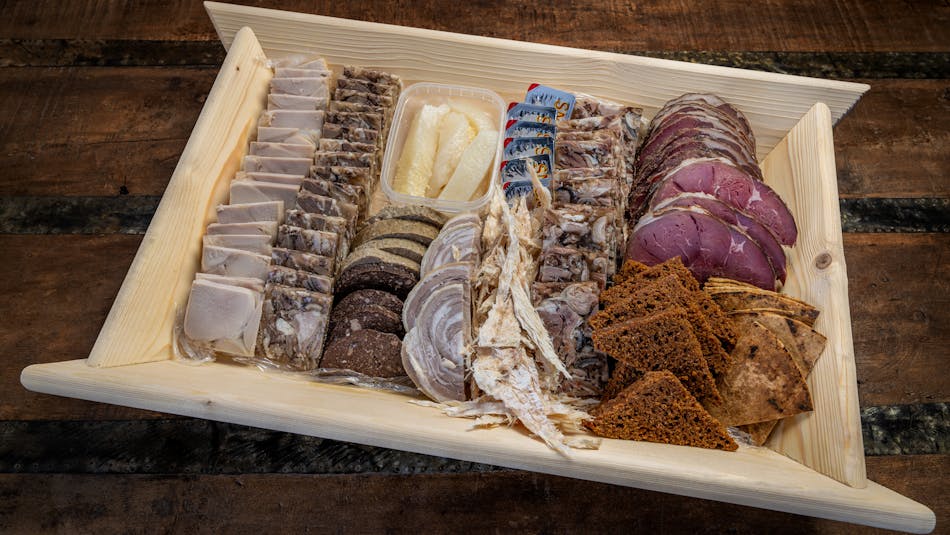
Þorrablót—the best of the best. Photo: Ragnar Th. Sigurðsson
Þorrablót: a table full of tradition
Þorrablót (pronounced: thaw-rah-blow-t) is a traditional mid-winter feast celebrating Icelandic heritage and culture.
Dating back to the settlement times, the feast traditionally takes place during the month of Þorri, one of the winter months in the old Icelandic calendar. In 2023, Þorri runs from January 20 to February 19, starting with Bóndadagur, "Husband's day," and ending on Konudagur, or "women's day."
After a dinner consisting of traditional Icelandic delicacies, locals gather to dance, sing, and play games. A major part of the revelry is the stage performances, concerts, speeches, and poetry readings. If you're feeling inspired, you can even plan a comedy show. The performance is an opportunity to poke fun at recent events. It is a fantastic time to come together, bond with the community, and have a wonderful time. These celebrations can occur in towns, villages, community centers, and workplaces. What makes Þorrablót very special is the menu of traditionally Viking-inspired foods. But first…

…know your history
The name of this mid-winter festival is a combination of two words: "þorri" (name of the winter month) and "blót" (a sacramental feast held in honor of a god in Norse mythology). The history of Þorrablót is a bit murky. Some say it was first celebrated by Icelandic students in Copenhagen in 1873, only becoming mainstream in 1960s Iceland.
Traditional dinner at Þorrablót
The "delicacies" served during Þorrablót are more of an acquired taste. These foods represent traditional preparation and preservation techniques that Viking settlers used. They are definitely for the culinary brave and include:
Hangikjöt - smoked meat
Hangikjöt is a meat that is hung and smoked, typically lamb, but occasionally horse. Icelanders have smoked food for centuries to preserve it.
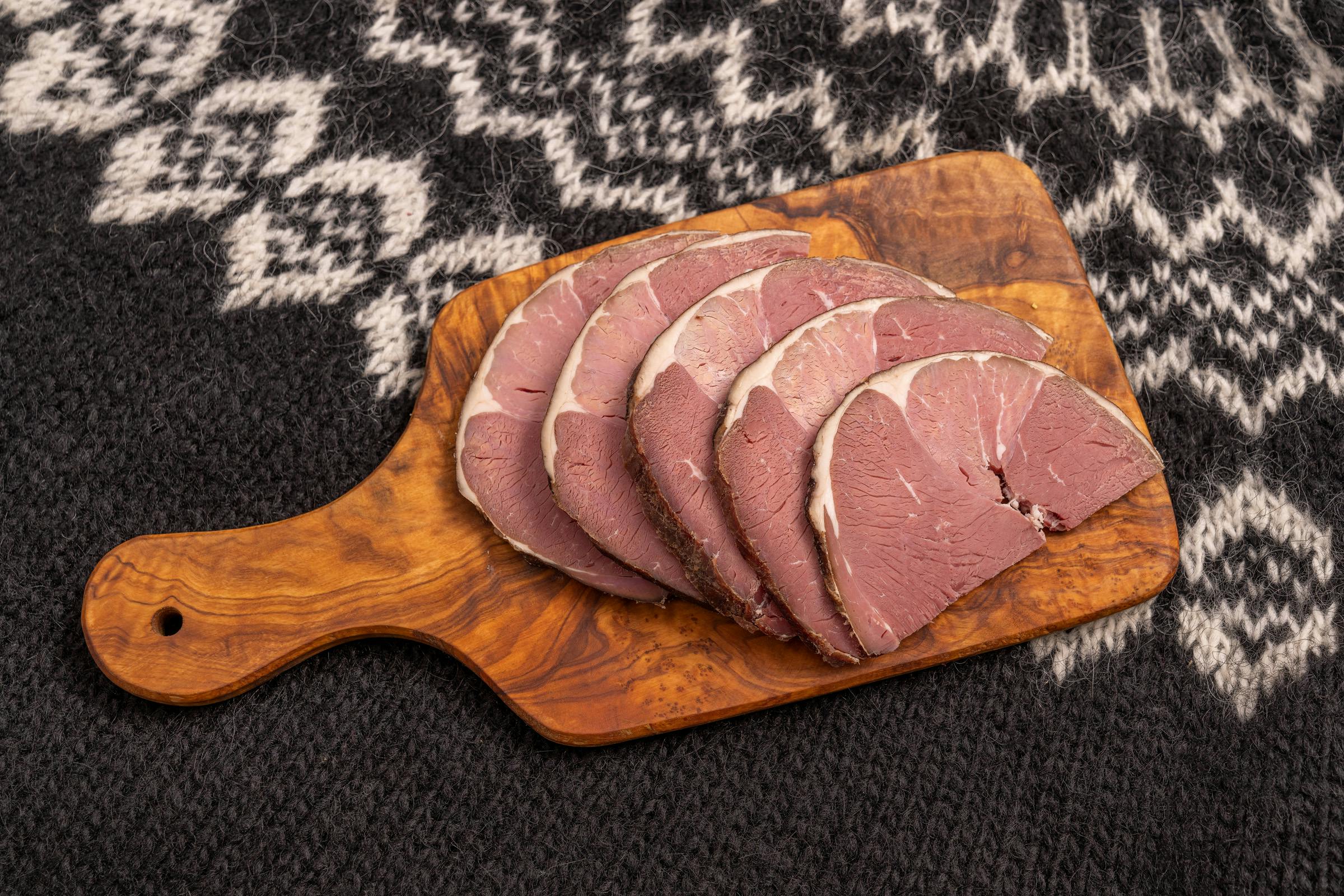
Blóðmör - blood pudding
Blómör is an Icelandic food made from sheep innards and produced in Iceland for centuries. It is likened to blood sausage known in other countries.
Svið - boiled sheep head
Traditionally, all parts of the sheep are used. Due to harsh conditions, nothing was wasted. The sheep is prepared by boiling it first, with the brain removed. Sometimes it is also cured with lactic acid.
Hrútspungar - sour ram's testicles
This classic Icelandic delicacy is made by washing the testicles, boiling them, and curing them with lactic acid.
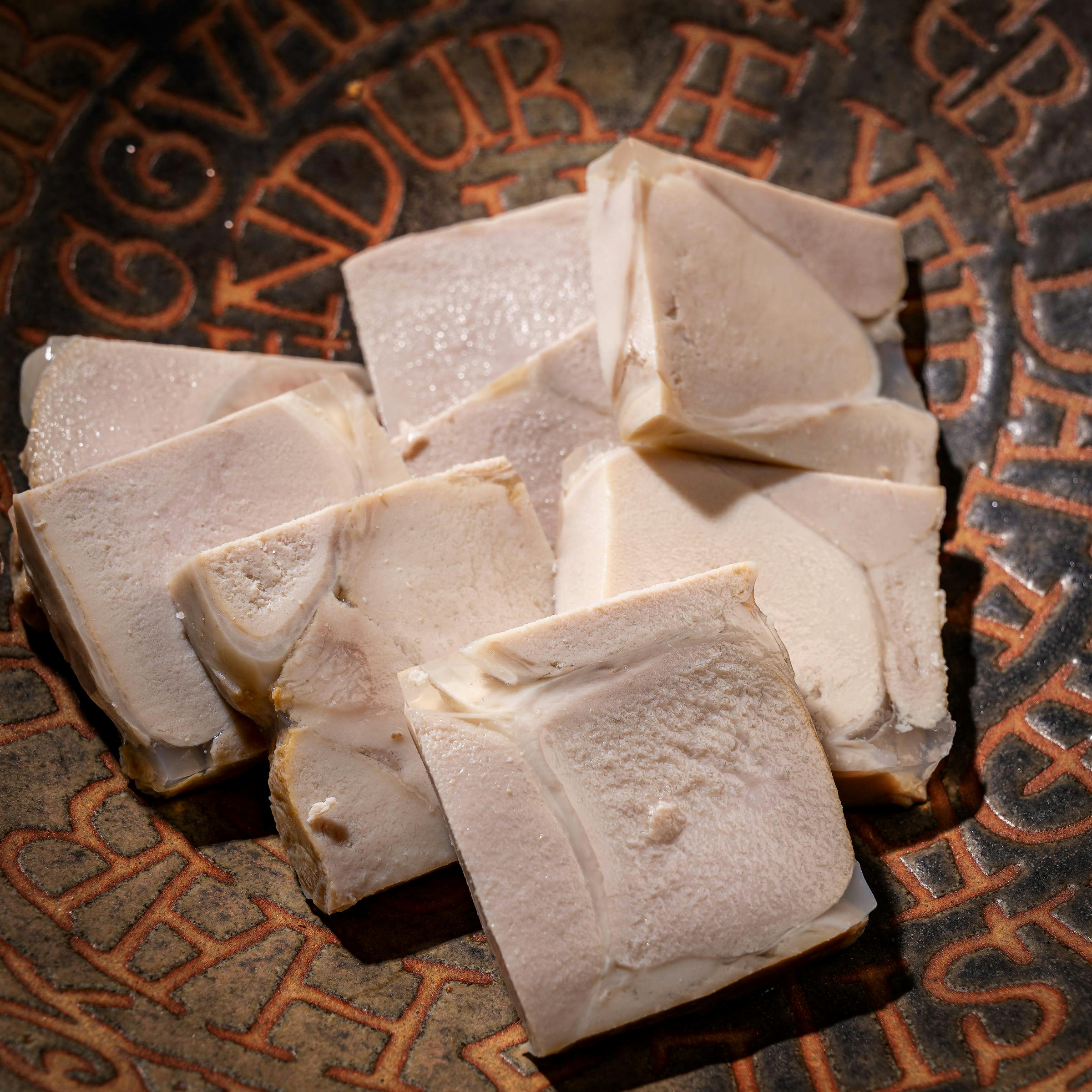
These dishes are often accompanied by a dense rye bread, known in Iceland as rúgbrauð.
To wash all these foods down, it is popular to drink (sometimes regrettably) Brennvín, Iceland's signature spirit distilled from grain and caraway.
It is also known as the "Black Death," although it literally translates as "burning wine." Brennivín has an alcohol percentage of 37% and is typically served ice-cold as a shot. Interestingly, it is only produced in Iceland.
We realize that if you're vegetarian or have a delicate stomach, the food served during Þorrablót isn't precisely what you'd be bargaining for. But hopefully, we didn't scare you away from hosting a Þorrablót dinner! It is worth mentioning that while locals appreciate the traditional foods, luckily, they are not menu mainstays! Today, Icelanders eat plenty of fresh, local foods inspired by international influences. You will find many delicious dining options that are not pickled throughout Iceland!
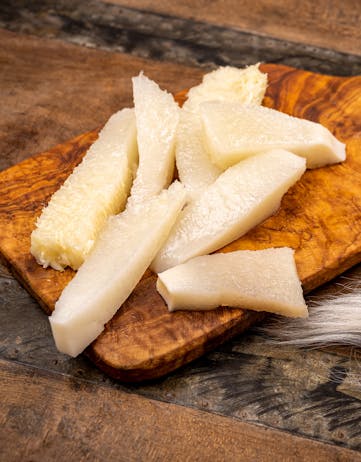
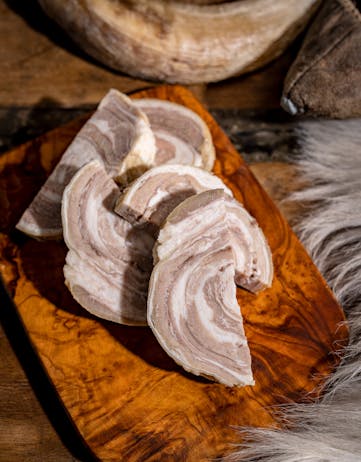
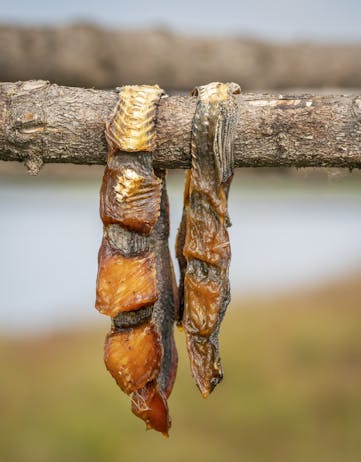
(L to R) Mainstays of a complete Þorrablót meal include: sour whale blubber, Lundabaggar, a classic dish served fresh, or sour, of intestines cut lengthwise, with fillets of neck meat packed into the intestines with a bit of salt and wrapped in the sheep's diaphragm, and the staple of smoked fish. Photos: Ragnar Th. Sigurðsson/Arctic Images.
